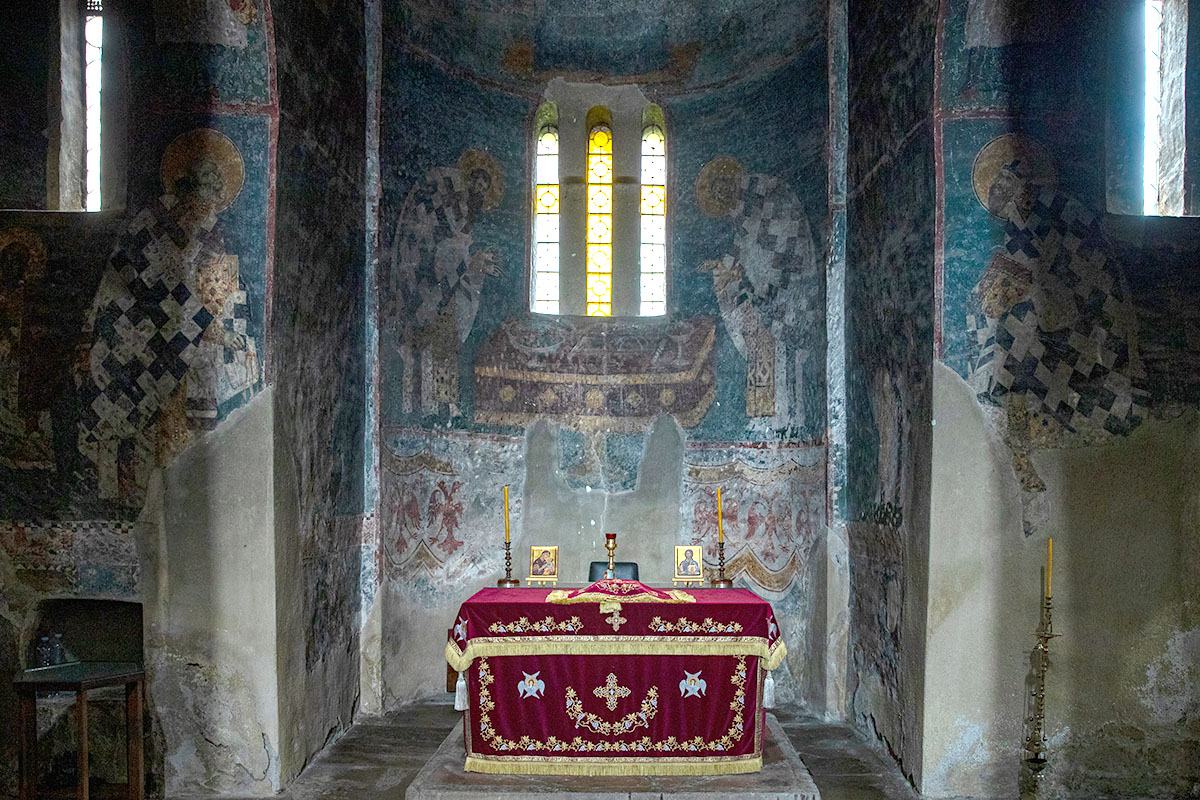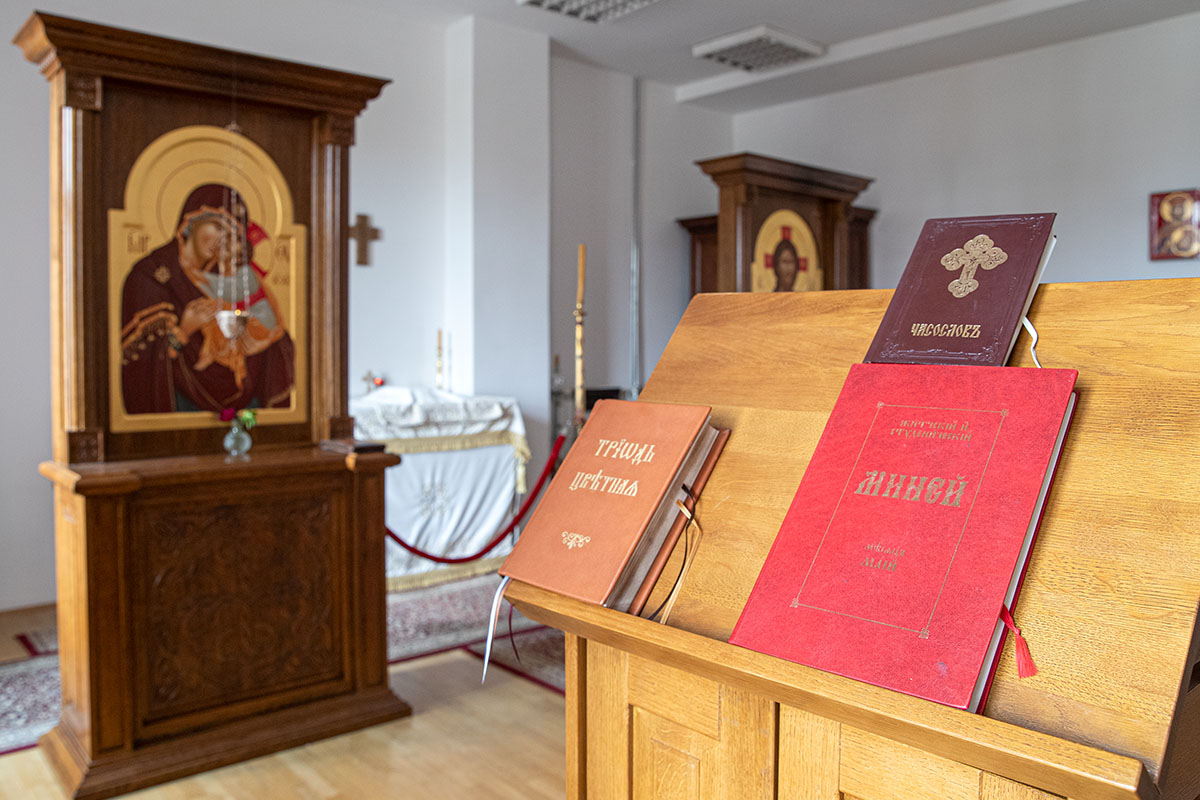At the foot of the Šar Mountains, on the banks of Bistrica there is a town. From the ancient times, it was important for travellers and traders. Since the beginning of the 18th century, it has been part of the Serbian state and has been getting stronger since. It flourished during the reign of King Milutin and Emperor Dušan. It is considered a museum of Serbian medieval history. From that time, it inherited 33 Serbian Orthodox shrines and monuments.
THE HOLY ARCHANGELS MONASTERY, THE MOST LUXURIOUS ESTATE OF THE NEMANJIĆ DINASTY
Emperor Dušan built his estate from 1343 to 1352 at the foot of a steep cliff in the Bistrica canyon. The land near the caravan route that connected Skopje and Prizren, the then capitals of the Serbian state. It was built at an older place of worship, where the emperor had recovered after a serious illness. On a huge property, he built two churches – his burial church dedicated to the Holy Archangels, and another one dedicated to Saint Nicholas. Both were made in Raška style, with Serbian-Byzantine elements. The emperor connected the estate to Visegrad, his palace on top of a cliff. “There is nothing equal to it under the sun,” says a 15th century record about the Holy Archangels Church. It impressed with its unsurpassed beauty and intricate floor mosaics. The church was considered the pinnacle of the Serbian religious architecture, a building befitting the most powerful Serbian ruler.
Only a few stones remain of the former splendor and beauty. The Ottomans looted and destroyed monastery in the middle of the 15th century, and razed it to the ground in 1615. The walls covered with marble were used for the construction of the Sinan Pasha mosque in Prizren. The remains were conserved after the Second World War, and monastic life was restored at the end of the 20th century. It was looted and burned down again in 1999, and then in 2004 in the March Pogrom.
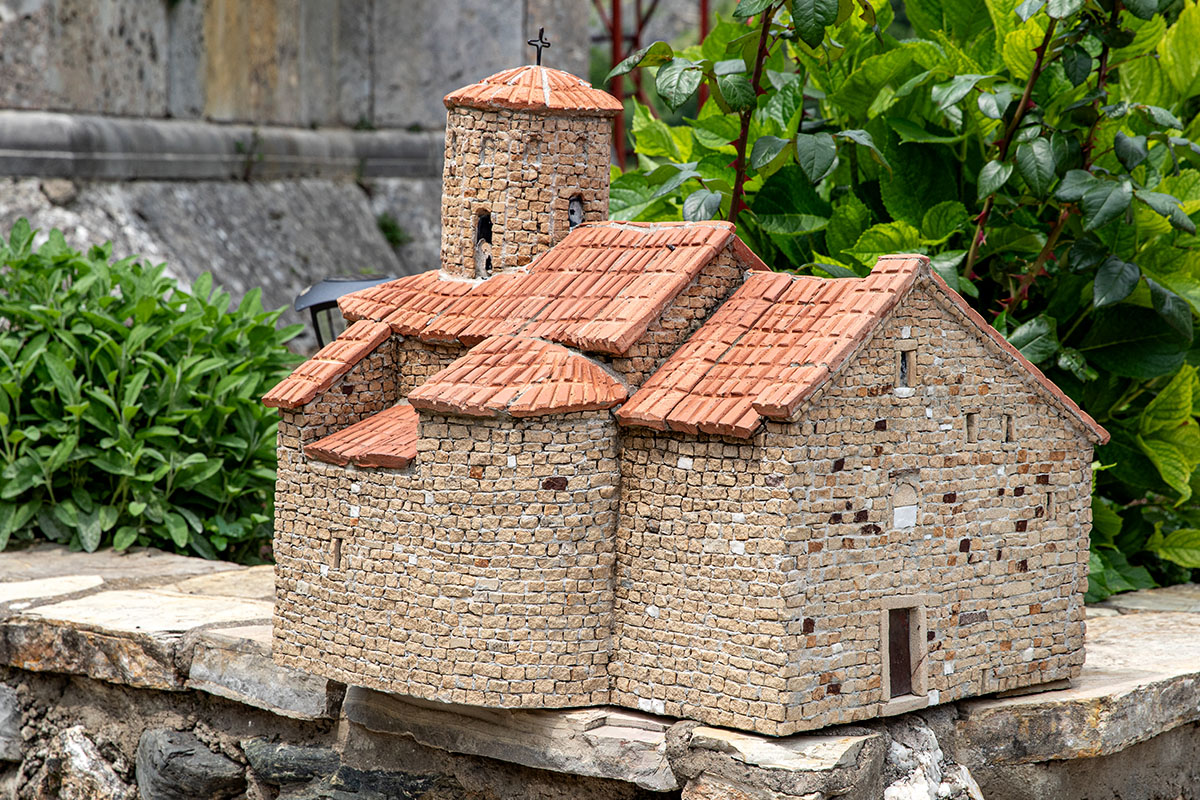
Today, the monastery is looked after by a superior, two monks and support staff. Pupils of the Prizren Seminary often help. In addition to the guard at the entrance, the placed is guarded by a pair of cautious, but peaceful German shepherds. You can see the remains of the ramparts, two churches and dining halls, fragments of stone decorations with dragon and lion motifs, an old icon of the Archangel Michael, a model of the church, an improvised altar and a marble slab at the grave site of Dušan the Strong. In 1927, the relics were moved to the Patriarchate, and in 1968, they were solemnly laid to rest in the Church of St. Mark in Belgrade.
We spent the night in Dušan’s lodge, part of the monastery. It is clean and pleasant, with the splashing of Prizrenska Bistrica in the background. All lodgers eat lunch together at 10 o’clock. After the prayer, we share the meal and a relaxed conversation with the monks. After sharing bread with the guardians of Dušan’s legacy and following in his footsteps, we leave more experienced, calmer and stronger.
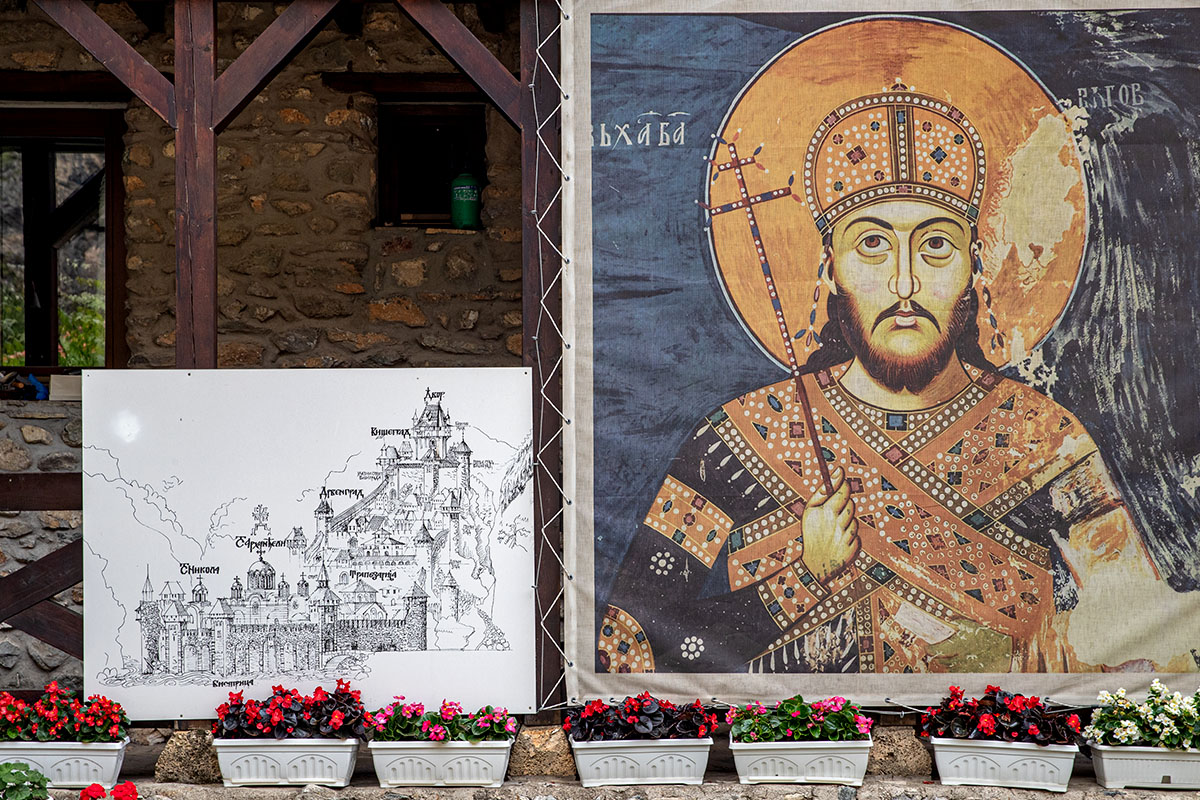
OUR LADY OF LJEVIŠ IS A RESSURECTING SANCTUARY
In the center of the city, on a small square between two alleys, we see a church with charred and sooty walls, windows patched up with sheet metal and wood, surrounded by barbed wire. The door is closed.
It is an endowment of King Milutin and is dedicated to the Dormition of the Mother of God. The temple was built in the 13th century on the site of a 10-century early Christian place of worship and remodelled in the first decade of the 14th century. It was turned into a five-domed church, with the second floor and high bell tower added. For centuries, it was the Prizren cathedral. In the middle of the 18th century, it was turned into a mosque known as Cuma Cami, the frescoes hammered down and covered up with a thick layer of plaster. They saw the light of day two centuries later, when the restored pillars were demolished. It was badly damaged by fire in the March Pogrom.
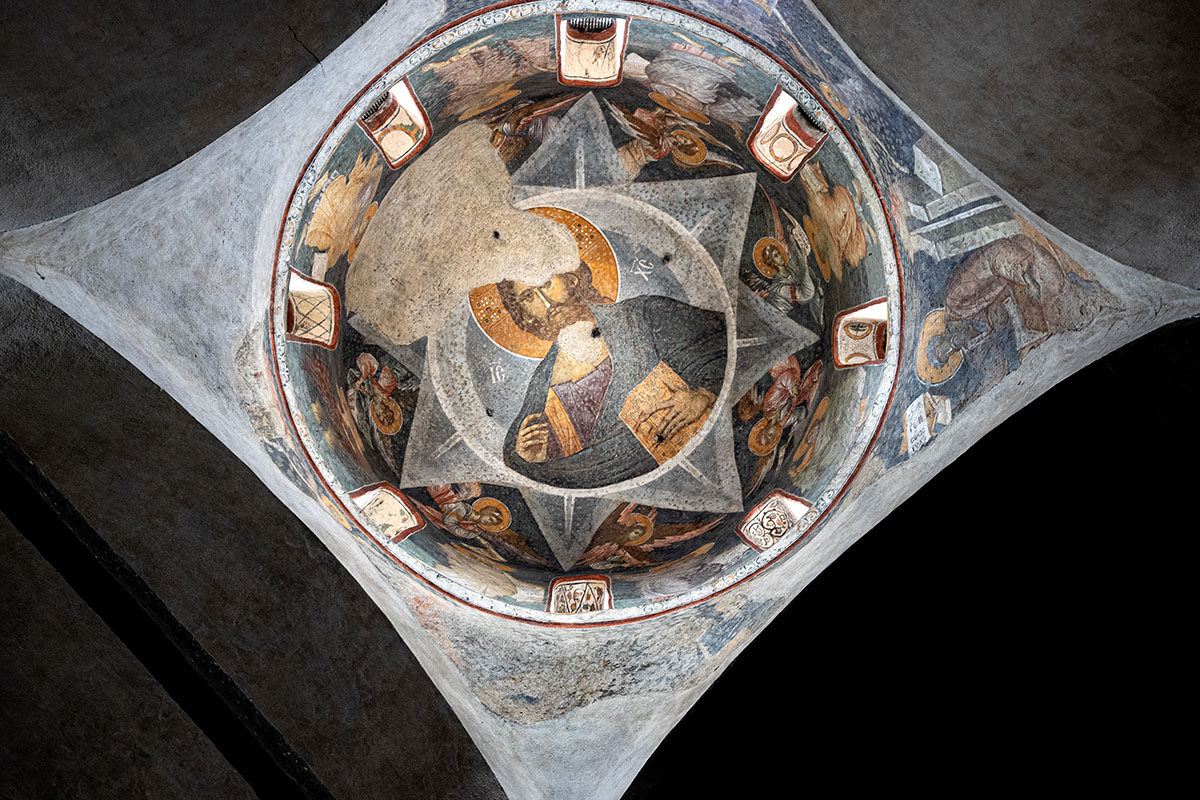
The interior is rather gloomy. There is a small altar with icons and candlesticks, without an iconostasis, the dome is grey and visibly burned. Some wall frescoes have survived, however badly damaged. The most significant is the fresco of the Virgin of Ljeviš with infant Christ in her lap, picking fruit from a basket and feeding the hungry. It shines even brighter in the omnipresent chaos. Many deeds of our ancestors were dedicated to this icon; many prayers were addressed to it, many souls inspired and illuminated by it. One worshiper left a note in Arabic on the wall: “The pupil of my eye is the nest of your beauty.”
In 2006, this church and three other Serbian monasteries entered the UNESCO World Cultural Heritage List under the common name Medieval Monuments in Kosovo and Metohija as endangered heritage.
„Thank you, thank you very much for visiting us,” says Father Vladan, a brave young clergyman who perseveres with his family. We turn to have one last look at the Virgin of Ljeviš, the suffering and the victorious.
